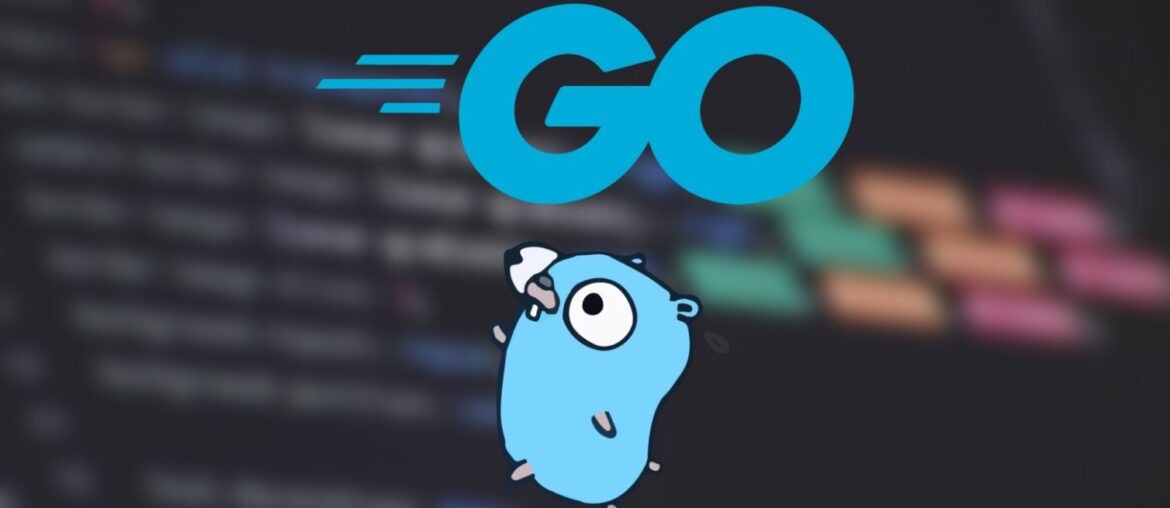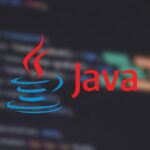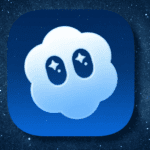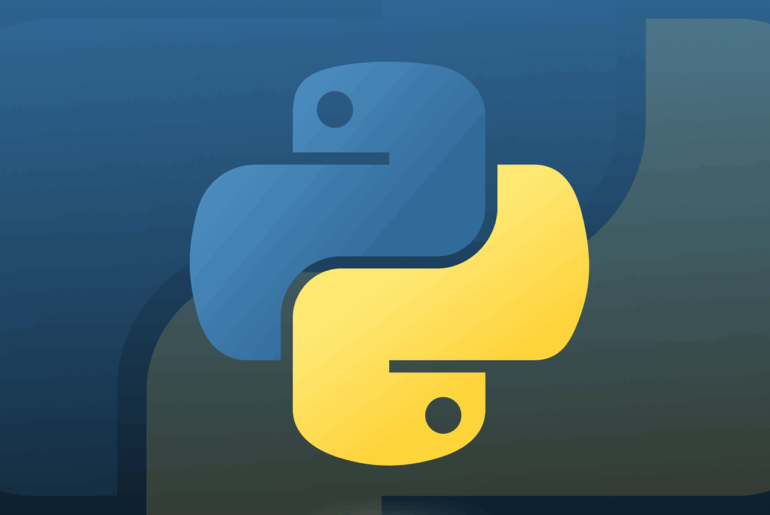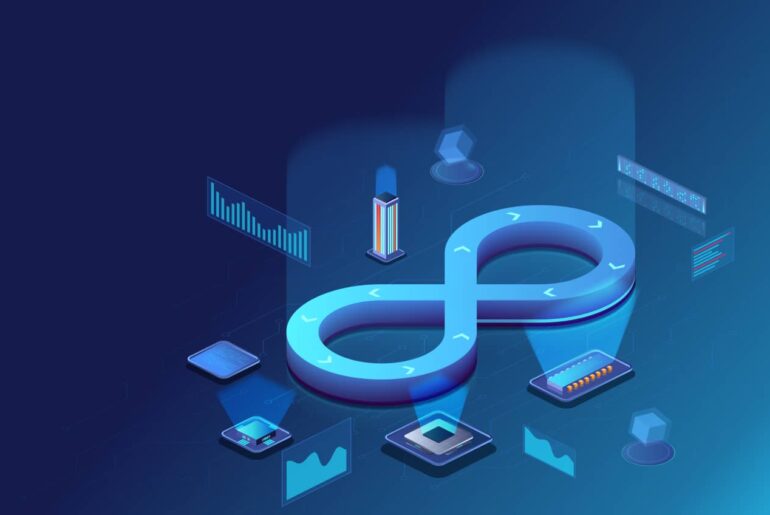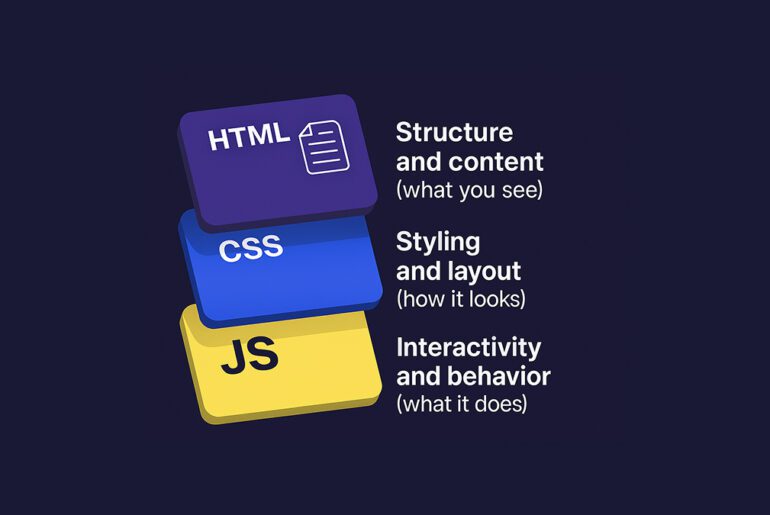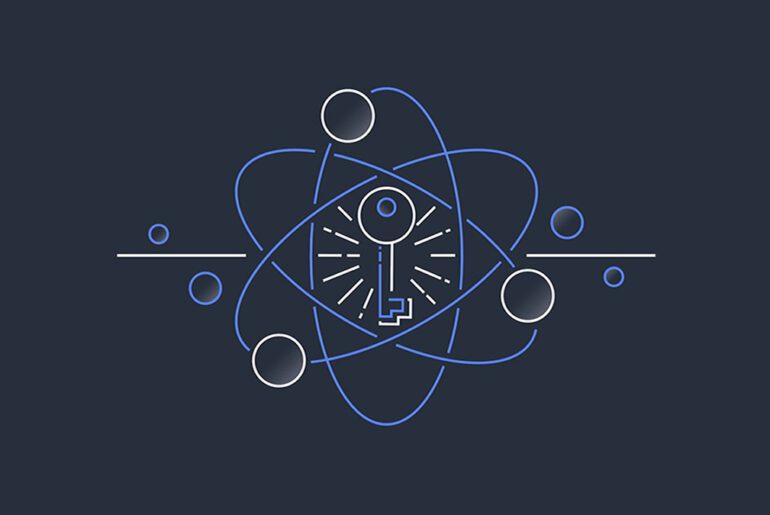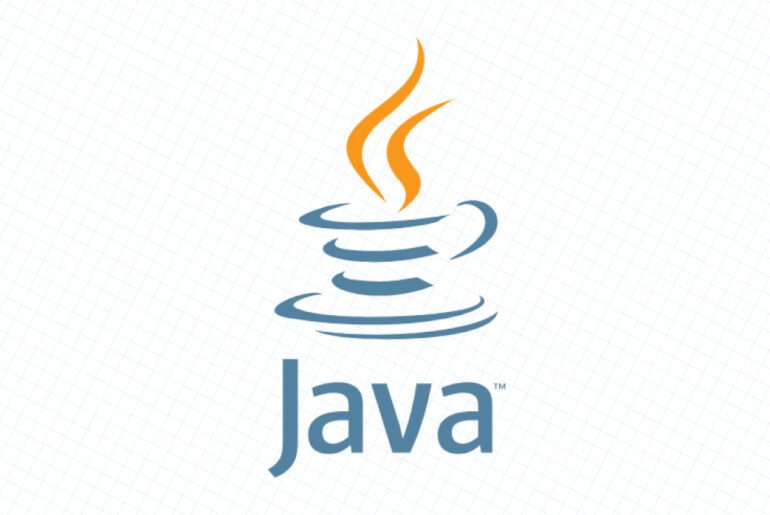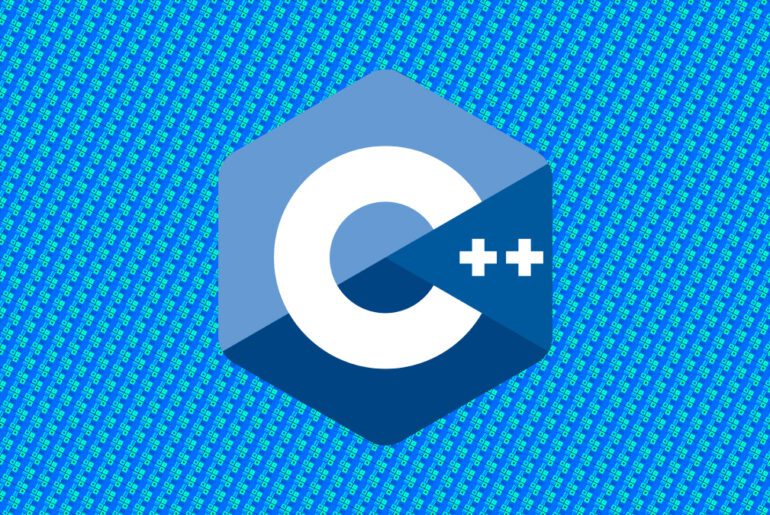Go is no newcomer. It launched in 2009 at Google, and over time it carved out a niche as a language for cloud services, microservices, infrastructure, and APIs. Its simplicity, static typing, built-in concurrency (goroutines, channels), binary portability, and performance made it a favorite for scalable backends.
Over the years, Go’s ecosystem matured. Developers needed more than just the standard net/http — they needed routing, middleware, validation, templating, websockets, and more. Frameworks and libraries grew up around Go.
In 2024 and now into 2025, Go’s popularity remains strong: in November 2024, Go reached its highest ever ranking in the TIOBE index (7th). Surveys also show Go’s high user satisfaction and growing usage in cloud and infrastructure stacks.
That said, Go frameworks tend to be lean: unlike heavyweight frameworks in some other ecosystems, Go’s libraries and frameworks emphasize performance and composability. In this guide, I walk you through the most popular frameworks in 2025 (based on usage, community activity, benchmarks, and trends), show you what problems they solve, and help you decide which fits your project.
When I say “popular,” I mean frameworks that:
- Are widely adopted in real projects
- Are actively maintained
- Show up often in benchmarking / comparisons
- Have healthy communities (issues, PRs, stars)
You’ll notice some are “microframeworks” (just routing + middleware), while others offer more features (ORM, scaffolding, modules). That variety is part of Go’s strength.
Let’s meet the main contenders.
Top Go frameworks in 2025
Here are some of the most-used frameworks (or framework-like libraries) in 2025. I present them roughly in order of popularity and use in real systems, but your choice should depend on your needs.
Gin
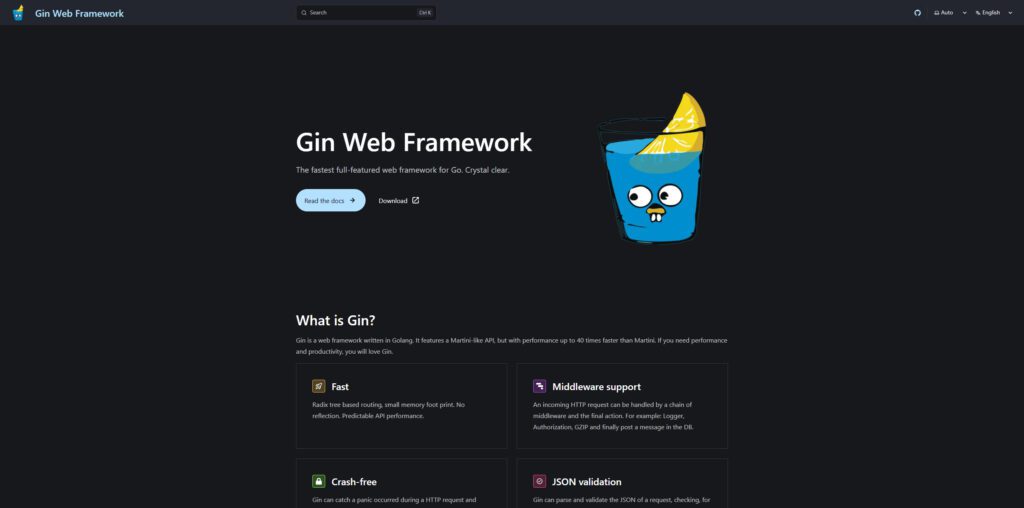
Gin is often the first name you’ll hear when talking Go web frameworks. It is a lightweight, fast HTTP web framework built on top of httprouter. Its design favors composability, speed, and developer ergonomics.
A minimal “hello world” in Gin:
package main
import (
"github.com/gin-gonic/gin"
)
func main() {
r := gin.New()
r.GET("/", func(c *gin.Context) {
c.String(200, "Hello, Gin!")
})
r.Run(":8080")
}Why people like Gin
- Very good performance with minimal overhead
- Clean API for routing, middleware, error handling
- Vibrant ecosystem: middleware, extensions, JSON validation, etc.
- Strong community and many tutorials
When to use it
If you want a balance: speed and ease-of-development. Gin is often a safe default.
Fiber
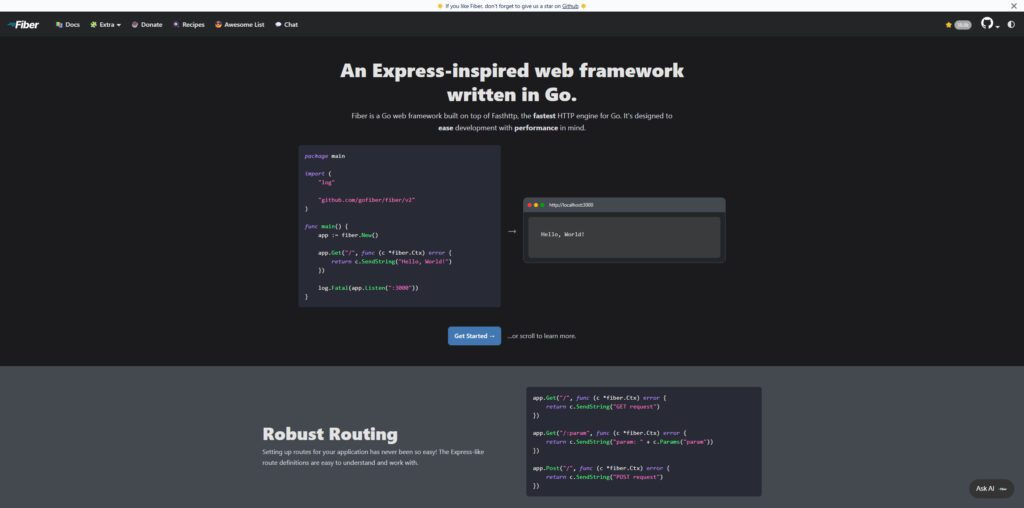
Fiber is inspired by Express.js (Node) in its API style, aiming for minimalism and consistency. It emphasizes simplicity, low memory usage, and performance.
Compared to Gin, some developers find Fiber closer in feel to familiar frameworks in other languages.
Considerations
- The expressiveness is appealing, but sometimes at the cost of abstractions or flexibility
- In benchmarks, it competes strongly in throughput
Use Fiber when JavaScript/Node-like ergonomics appeal to you but you want Go performance.
Echo
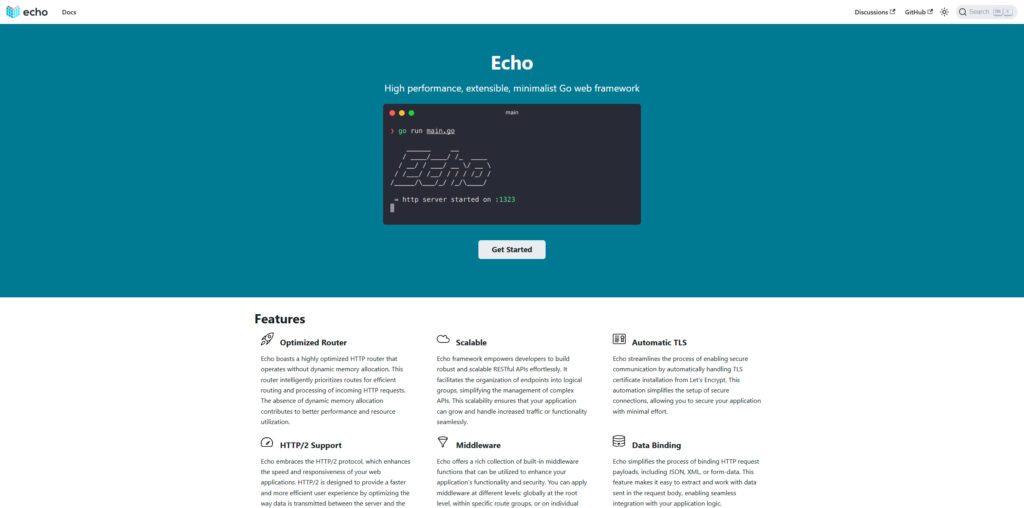
Echo is another lightweight, high-performance framework. It includes features like routing, middleware, templating, websockets, etc. It’s seen as somewhere between “bare bones” and fully featured.
Echo offers a straightforward API and is often compared with Gin for ease and extensibility.
Beego
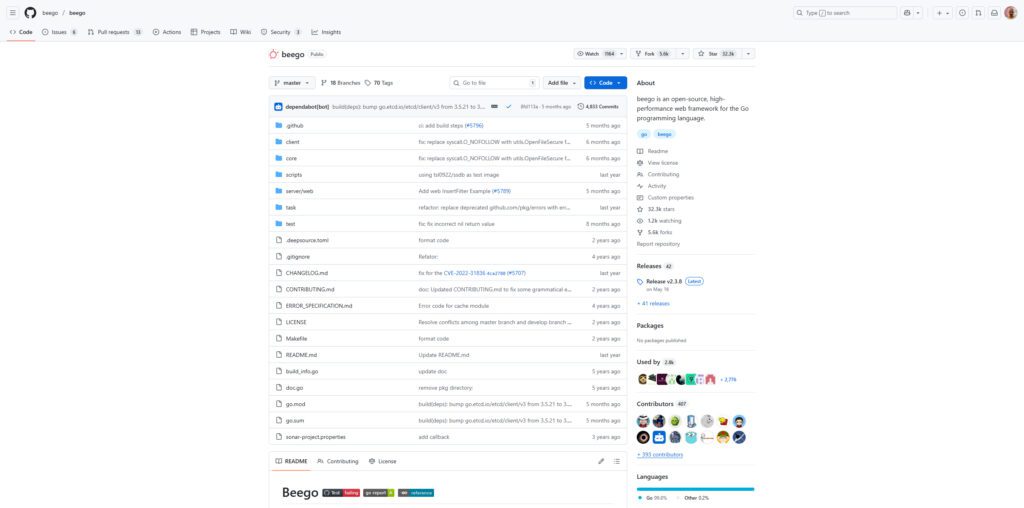
Beego is more of a full-stack MVC-ish framework. It brings scaffolding, ORM, modules, session handling, and more. Beego was more popular earlier, but it still has its niche.
Beego can be helpful when you want more built-in capabilities rather than assembling many libraries yourself.
Go-zero
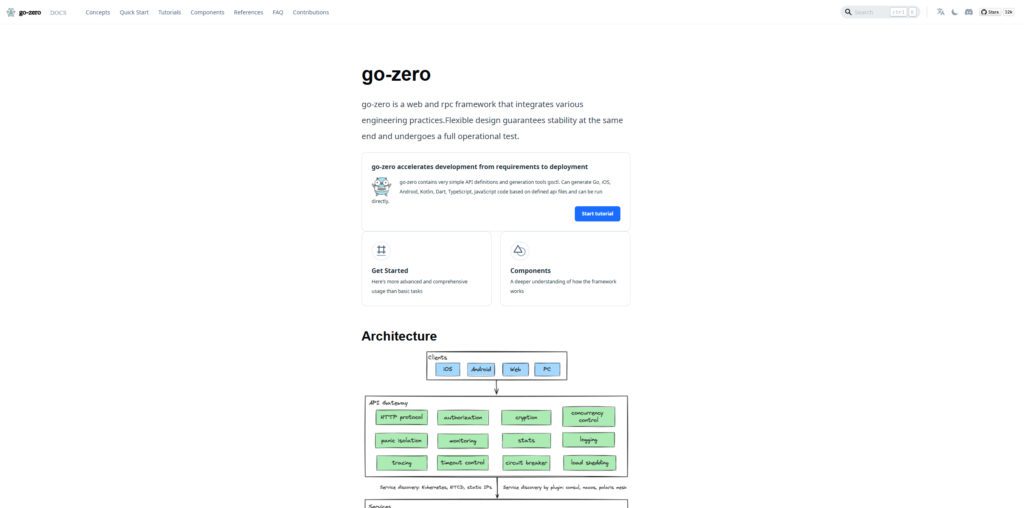
Go-zero is a relatively newer entrant gaining traction. It bills itself as a web and RPC framework for building scalable services, with code generation, middleware, etc.
Because it’s newer, using it means you’ll need to weigh the tradeoff of gaining modern features vs. dealing with a younger community.
Kratos & Kit
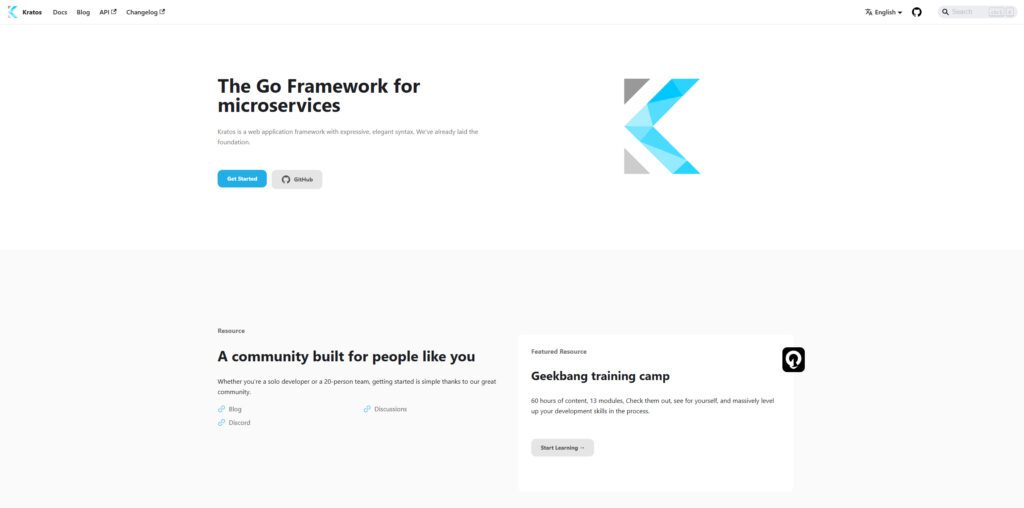
- Kratos is an opinionated, modular microservice framework used internally at companies like Bilibili. It emphasizes DDD (domain-driven design), transport layers, service structure, etc.
- Go kit is not exactly a “framework” in the traditional sense; it’s more a set of packages and abstractions for building microservices (transport, service, endpoints, middleware). It is highly respected in the Go microservices world.
Use Kratos if you prefer a guided structure for services; use Kit if you want maximum flexibility and are okay wiring pieces yourself.
Fasthttp / FastHTTP ecosystem
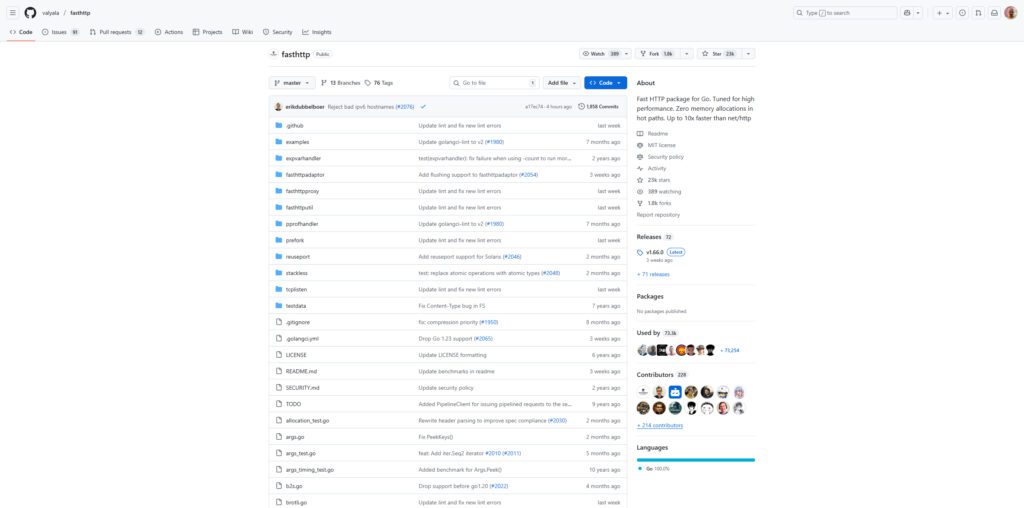
FastHTTP (or fasthttp) is not precisely a “framework” but rather a high-performance HTTP server library, replacing net/http for speed. It is used under the hood by some frameworks or in performance-critical paths.
If extreme throughput is your top requirement, you might use FastHTTP directly or via a wrapper framework.
Iris, Buffalo, Revel (and “classic” contenders)
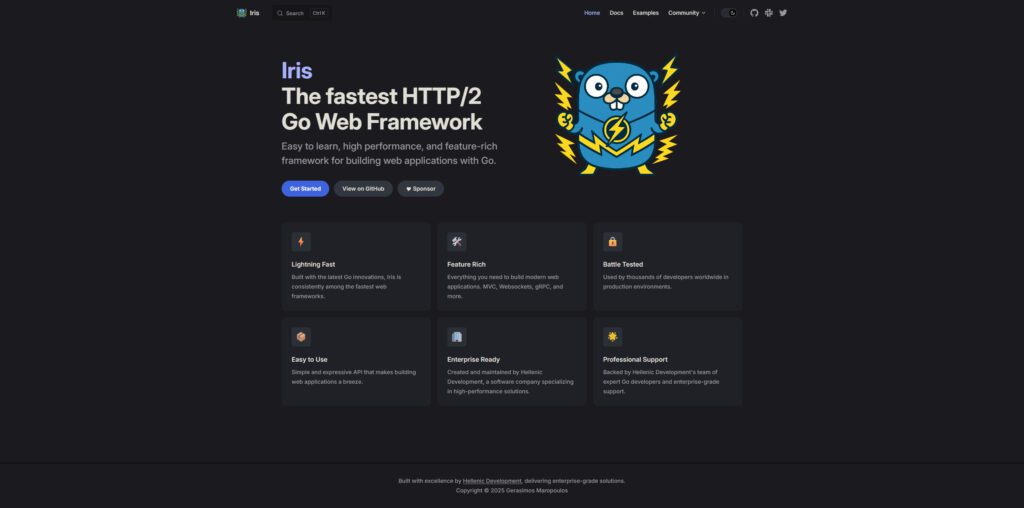
Iris used to be more popular historically, offering rich features, but has seen mixed opinions lately. Buffalo is more oriented to full-fledged app scaffolding (akin to Rails). Revel is an older framework in the Go ecosystem.
Some developers report Buffalo’s momentum slowing, and Revel’s community smaller. One developer’s comment: “Gobuffalo died. It was the rails clone. Echo/gin/fiber are mostly the same.”
You can consider these if you want “batteries included,” but be careful about long-term maintenance and ecosystem vitality.
How to compare & decide
Choosing among these frameworks can feel overwhelming. I suggest you compare along these dimensions:
- Performance / throughput: If you expect many requests per second, frameworks that minimize overhead (Gin, Fiber, FastHTTP) shine
- Developer ergonomics: How comfortable is the API? Is it expressive or verbose?
- Ecosystem & middleware: Does it have plugins, extensions, community support?
- Opinionated vs flexible: Do you want strong conventions, or building blocks you can stitch together?
- Project maturity & community health: Frequent commits, issues closed, responsiveness matter
You might also visualize your decision:
flowchart LR
A[Your Project Needs] --> B{Throughput > 50k rps?}
B -->|Yes| C[Choose Lean frameworks: Gin / Fiber / FastHTTP]
B -->|No| D[Choose Feature-rich / MVC style: Beego / Buffalo]
D --> E{Do you want modular microservices?}
E -->|Yes| F[Kratos / Go-kit / go-zero]
E -->|No| G[Echo / Iris]
You can move along this decision tree depending on your requirements.
Sample comparison table
| Framework / Library | Style / Focus | Strengths | Trade-offs |
|---|---|---|---|
| Gin | Minimal + fast | Speed, middleware ecosystem | Need to wire more advanced features yourself |
| Fiber | Minimal, Node-like | Simplicity, familiar API | May lack some deeper flexibility |
| Echo | Balanced | Good mix of features | Slightly less “buzz” than Gin |
| Beego | Full MVC | Built-in ORM, scaffolding | More opinionated, heavier |
| Go-zero | Service + RPC | Modern patterns, codegen | Newer, smaller community |
| Kratos / Go-kit | Microservices | Modular, structure | More setup overhead |
| FastHTTP | Low-level HTTP lib | Max throughput | Less abstraction, more plumbing |
| Buffalo / Iris / Revel | Full-stack (web apps) | Scaffolding, conventions | Smaller communities, less used |
Trends and what’s rising in 2025
- There is consolidation around a few frameworks (Gin, Echo, Fiber) for most APIs, with fewer new “massive full-stack” frameworks gaining traction.
- Frameworks providing auto-generation, structured service layers, and built-in RPC support (go-zero, Kratos) are gaining attention in microservices architectures.
- Performance benchmarking continues to push minimal overhead — frameworks that add too much abstraction get questioned.
- Community support, plugin ecosystems, and real-world usage will decide long-term wins more than initial hype.
Final thoughts
You are part of this evolving ecosystem. The “best” Go framework in 2025 is contextual. For many services, Gin remains a safe, strong choice. If you tilt more toward microservices architecture, go-zero, Kratos, or combining Go kit might suit you better. If maximum performance is critical, lean libraries like FastHTTP or frameworks built on them deserve a look.
Once you pick a framework, lean into it: learn its community, idioms, and tooling. The framework is just a tool; the way you structure your domain, errors, middleware, and service boundaries often matters more in long term maintainability.


